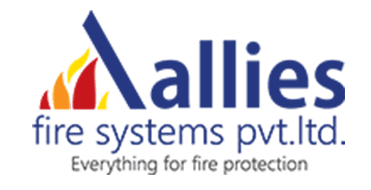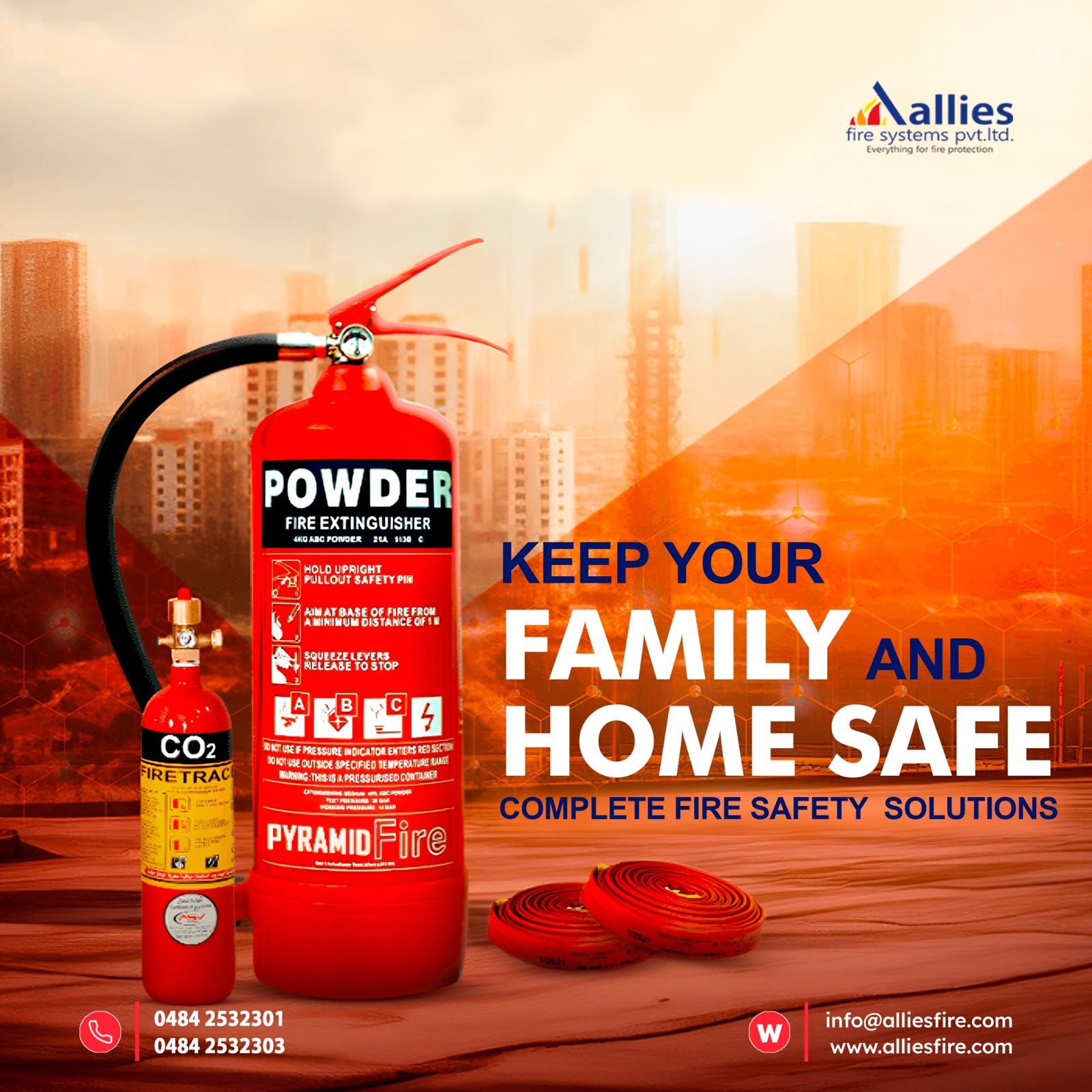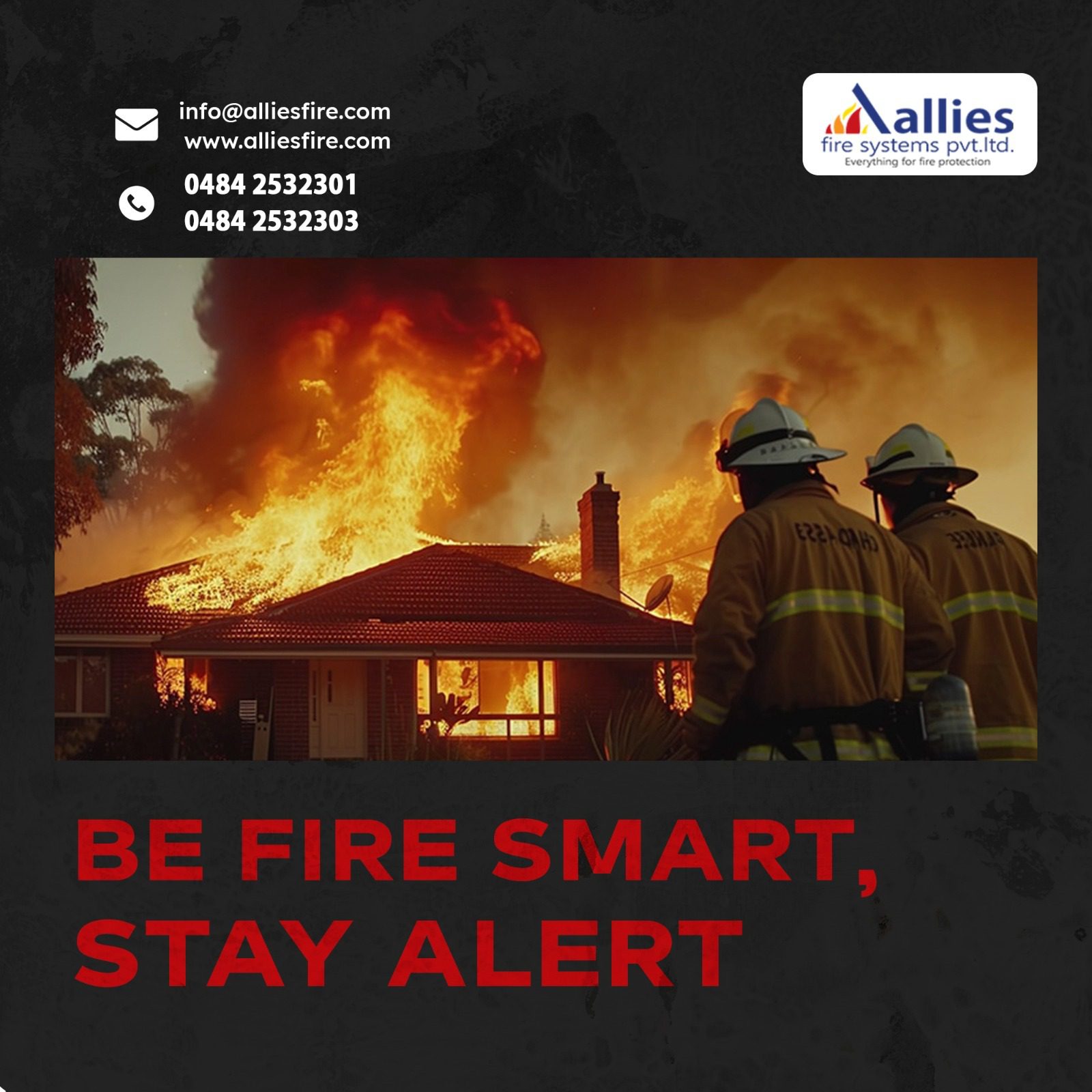
How Frequently Should Fire Risk Assessments be Reviewed?
The law mandates that all business premises and the common areas of blocks of flats must have a fire risk assessment conducted regularly. This assessment forms the foundation of your fire safety plans.
Without a thorough Allies fire risk assessment, it is impossible to effectively protect your premises, as you may remain unaware of potential hazards and risks.
However, a fire risk assessment is not a one-time task. Since risks and hazards can evolve over time, it’s essential to keep your assessment current. So, how often should a fire risk assessment be reviewed?
Frequency of Fire Risk Assessments
The answer depends on several factors. The Regulatory Reform (Fire Safety) Order 2005 requires fire risk assessments to be kept up-to-date, though it does not specify a particular timeframe for reviews. Instead, assessments must be revisited whenever there are changes to the environment that could impact fire safety.
Even minor modifications to your premises may introduce new risks, making periodic reviews essential.
Recommended Review Schedule
Annual Review: After completing a professional fire risk assessment, it is advisable to review the document every year to ensure it remains relevant and accurate for your premises.
Full Re-Assessment: Arrange for a comprehensive re-assessment by a qualified fire risk assessor every five years, or sooner if significant changes occur. Examples of changes include alterations to the building layout, a change in the use of the premises, or adjustments to occupancy levels.
Higher-Risk Premises: For higher-risk or licensed premises, such as those handling flammable materials or accommodating large numbers of people, more frequent assessments and reviews may be necessary.
Staying proactive with your fire risk assessment ensures compliance with legal requirements and, most importantly, protects lives and property. Regularly monitoring and addressing potential hazards is a vital part of maintaining a safe environment.
Understanding the Regulatory Reform (Fire Safety) Order 2005
To ensure you remain compliant with the law, it is essential to understand the Regulatory Reform (Fire Safety) Order 2005. This legislation outlines two key situations in which your fire risk assessment must be reviewed and updated.
- When Your Current Assessment Is No Longer Valid: If circumstances arise that render your existing fire risk assessment invalid, a review is necessary. This could be due to the release of updated fire safety guidance, introducing safer or more effective practices that require implementation.
- Following Significant Changes: Any substantial changes to your premises or operations necessitate a reassessment. Examples include changes in organizational structures, technical systems, or special safety measures. Additionally, structural modifications like conversions, extensions, or alterations to the use of the premises will require a fresh review to ensure all fire risks are appropriately managed.
Remaining aware of these requirements helps you maintain compliance and ensure a safe environment for all occupants. Regularly reviewing your fire risk assessment is a proactive step toward fire safety management.
Examples of Scenarios Requiring a New Fire Risk Assessment
Many businesses assume their premises have remained unchanged over the years, leading to the unintentional use of outdated fire safety strategies. This is why an annual review is recommended if no assessment has been conducted within the calendar year.
Understanding common scenarios that necessitate a new fire risk assessment can help you stay compliant and ensure the safety of your premises. You should conduct a review if any of the following apply:
- New Activities: If new operations or activities are introduced on-site, they may pose different fire risks that need evaluation.
- Occupancy Changes: Adjustments in occupancy limits or significant changes in how the space is used may impact fire safety.
- Staffing Levels: An increase or decrease in staff numbers can affect evacuation procedures and overall safety measures.
- Building Layout Modifications: Structural changes, renovations, extensions, or alterations to the building’s layout will require a reassessment.
Additionally, any changes to fire safety legislation will require you to review your risk assessment. Partnering with a professional fire safety organization can ensure you remain informed about regulatory updates and maintain compliance with your legal responsibilities.
Regular Fire Risk Assessments Keep You and Others Safe
While conducting annual fire safety reviews may seem like a hassle, it is a crucial step in ensuring the safety of everyone on your premises. Proactively addressing fire hazards minimizes risks and reduces the likelihood of needing fire and rescue services in the future.
Carrying Out a Fire Risk Assessment
When conducting a fire risk assessment, follow these essential steps:
- Identify Fire Hazards: Determine potential sources of ignition, fuel, and oxygen that could contribute to a fire.
- Identify At-Risk Individuals: Recognize people who may be at greater risk, such as employees, visitors, or residents.
- Evaluate and Mitigate Risks: Assess the level of risk and take appropriate steps to reduce or eliminate hazards.
- Document Findings: Keep accurate records of your findings and the actions taken to address any risks.
- Develop an Emergency Plan: Establish a clear fire evacuation plan and ensure all occupants are aware of the procedures.
- Provide Training: Offer regular fire safety training to employees and other relevant individuals.
- Review and Update: Regularly revisit your fire risk assessment to ensure it remains current and effective.
Key Areas to Address in Your Plan
Your fire safety plan should comprehensively cover the following areas:
- Staff Fire Safety Training: Ensure all employees are trained on fire safety procedures and know how to respond in an emergency.
- Communication: Provide clear information on fire safety to all employees, visitors, and contractors.
- Vulnerable Individuals: Account for the needs of vulnerable individuals, such as those with disabilities, young children, or the elderly.
- Evacuation Plan: Develop and communicate an emergency evacuation plan.
- Hazardous Materials Management: Safely store and handle any dangerous substances.
- Fire Fighting Equipment: Maintain and provide access to appropriate fire extinguishers and other fire-fighting equipment.
- Detection and Alarm Systems: Install and maintain effective fire detection and warning systems.
- Emergency Exits and Routes: Ensure clear, accessible emergency exits and escape routes.
By maintaining an up-to-date fire risk assessment and implementing a robust fire safety plan, you can significantly enhance the safety and well-being of everyone on your premises.
Should You Carry Out the Fire Risk Assessment Yourself?
A designated responsible person must ensure a fire risk assessment is conducted. While it is possible to carry out the assessment yourself if you have the necessary knowledge, experience, and time, this is not always the best approach.
We strongly recommend using a professional fire risk assessor. Fire safety is a critical responsibility, and cutting corners can have severe consequences. By hiring a qualified professional, you can be confident that the assessment has been conducted thoroughly and accurately.
Contact Us for Expert Fire Risk Assessment Support
If you have any questions or concerns about fire safety regulations for your premises, or if you need expert assistance to ensure your business is compliant and safe, we’re here to help.
Contact Allies Fire Systems Private Limited today for professional support. You can reach our experienced team at 0484 2532 301 or email us at info@alliesfire.com. Our friendly team members are ready to provide the guidance and assistance you need to maintain a fire-safe environment.


